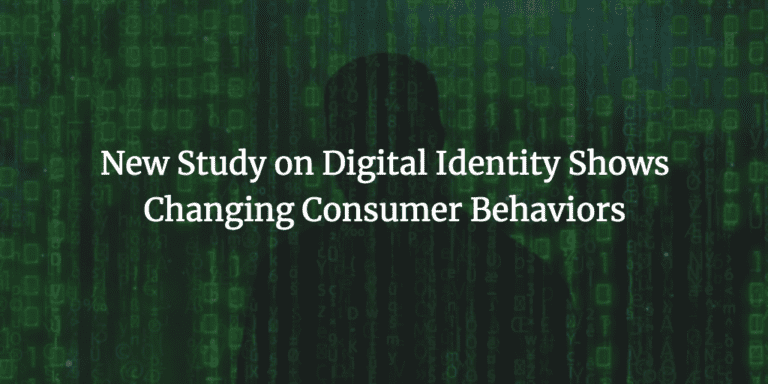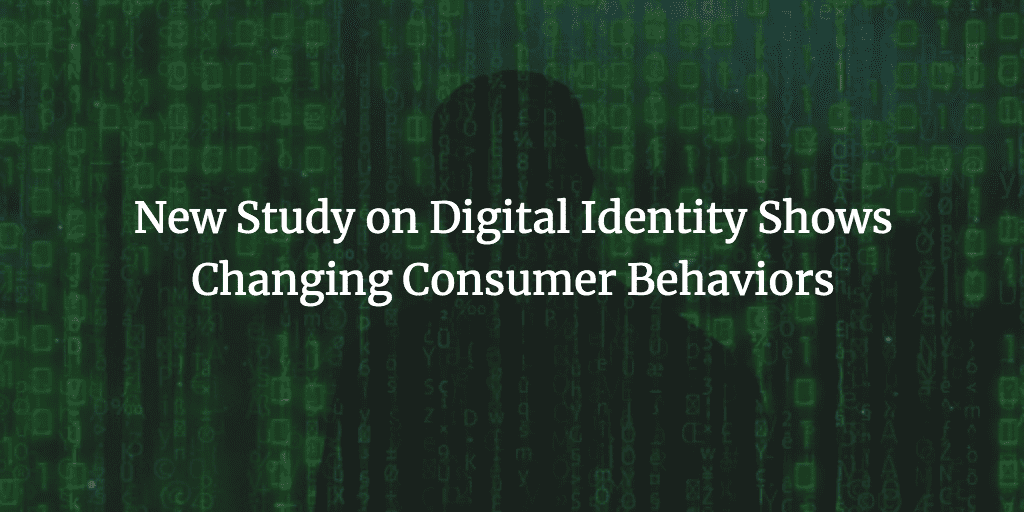[Editor’s Note: This is a guest post from Christina Luttrell, the senior vice president of operations at IDology. IDology is a leader in multi-layered identity verification and fraud prevention. In her 10 years at IDology, Luttrell has significantly advanced the company’s technology, forged close relationships with IDology customers and driven the development of product innovations that help organizations stay ahead of constantly shifting fraud tactics without impacting the customer experience.]
Today, according to Pew Research Center more than 50 million American adults are mobile-only consumers. This shift has fundamentally changed consumer preferences and led to new consumer behaviors that present both challenges and opportunities for financial institutions, specifically for lenders.
Each year, IDology publishes a Consumer Digital Identity Study aimed at giving businesses visibility into how consumer preferences and opinions related to identity and fraud are shifting. This year’s study confirms the continued movement toward mobile, finding that in the last 12 months, for the first time, consumers opened more new accounts online with their mobile devices than on computers. A closer look at the data shows that 50 million American consumers (20% of all online adults) registered for new accounts exclusively on a mobile phone, up 10% from last year. This growing number has implications for financial service providers as they strive to keep fraud out while giving consumers a seamless digital experience.
Growing Consumer Expectations, Limited Patience
Expectations for mobile experiences remain high, yet less than half of consumers reported their experience with mobile account opening processes was “extremely” or “very” easy. Consumers are asking for easy enrollment and as we found in the study, are willing to walk away if the process is too difficult. This year, regardless of the channel used (either mobile device or computer), 37% of respondents abandoned signing up for a new account due to the effort or time it took, an increase of 19% from last year.
When broken down by age and generational lines, enrollment abandonment trends show younger consumers are more likely to abandon frustrating and tedious account signups. Forty-two percent of millennials and fifty-one percent of generation Z abandoned a difficult account signup process in the last 12 months.
The growth in abandonment is a symptom of a bigger phenomenon. In many ways, mobile devices have conditioned consumers to expect immediate gratification. They want one-click interactions that are simple and fast. Each additional step a lender puts between itself and a customer using their mobile device for the interaction creates friction that can have a negative impact on customer acquisition, onboarding, retention and revenue.
Discovering Ways to Remove Friction
Financial service providers are tasked with balancing security with friction. The study found that consumers value security over speed during account signup. Eighty- eight percent of online consumers “highly value” a secure account opening process, compared to 57% who value a quick process. However, when asked about additional verification and security checks that could slow down account signup or a high-risk transaction, 75% were “strongly” or “very” opposed to the interruption.
With the rise in fraud, identity verification is more important than ever. So how can companies deliver everything consumers want while also keeping fraud out during the account opening process? The key is an identity verification platform that leverages multiple layers of identity attributes and deploys dynamic escalation methods with new technologies that make onboarding easier and safer.
Consumers are open to technology that simplifies mobile interactions and processes.
Study respondents showed an openness to using technologies that could prefill their information and reduce mistakes, frustration and abandonment due to factors such as smaller screens and keyboards. Beyond prefill, 34% were open to mobile document capture. Using a picture of a driver’s license to pre-populate a form or verify an identity is a relatively new tool with a variety of potential applications. In the last 12 months, more than 50 million Americans submitted a picture of their license using a smartphone as part of an identity verification process. These options could help lenders deliver a faster, secure identity verification and authentication process.
At the end of the day, whether through multiple layers of identity attributes, prefill technology or mobile document capture, offering the right amount of friction at the right time can elevate customer trust, facilitate onboarding, increase business identity assurance and shut down fraud.
Building Consumer Trust
There’s no shortage of media coverage highlighting major breaches and watching the news unfold has impacted consumer trust. Seventy-eight percent strongly believe businesses need to protect their information, which is a in 15% increase over last year.
The importance of trust has real implications for organizations. Knowing that a financial institution was using better, more advanced identity verification methods would positively affect the decision to use that institution for two-thirds of study respondents. This is a dramatic 27% increase over last year, when 56% felt the same way. These findings clearly demonstrate that the status quo is no longer acceptable. Identity verification is an important part of building trust with consumers.
Success in the Digital Era
The mobile future is now. Lenders are increasingly interacting with mobile-first and mobile-only consumers who demand faster experiences and better security without added friction. Taking a multi-layered approach to identity proofing that streamlines processes, introduces the right amount of friction at the right time and fulfills the need for identity verification without driving away customers is key to elevated customer trust, easy onboarding, increased business identity assurance and far less fraud.



